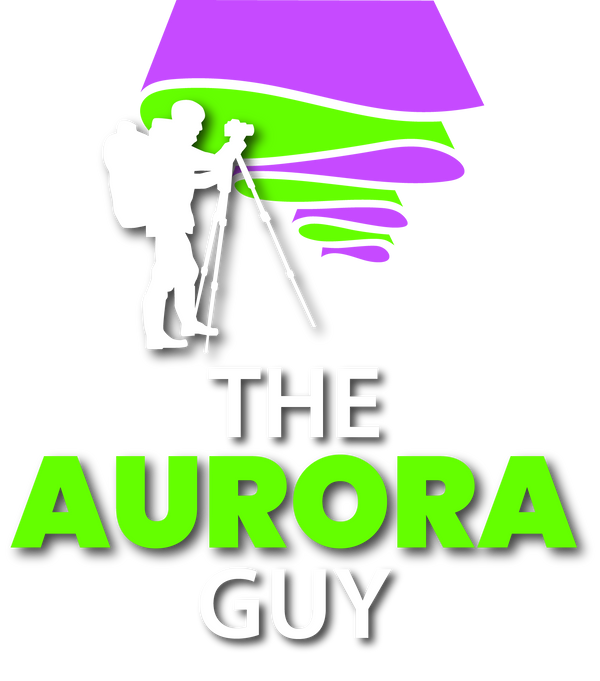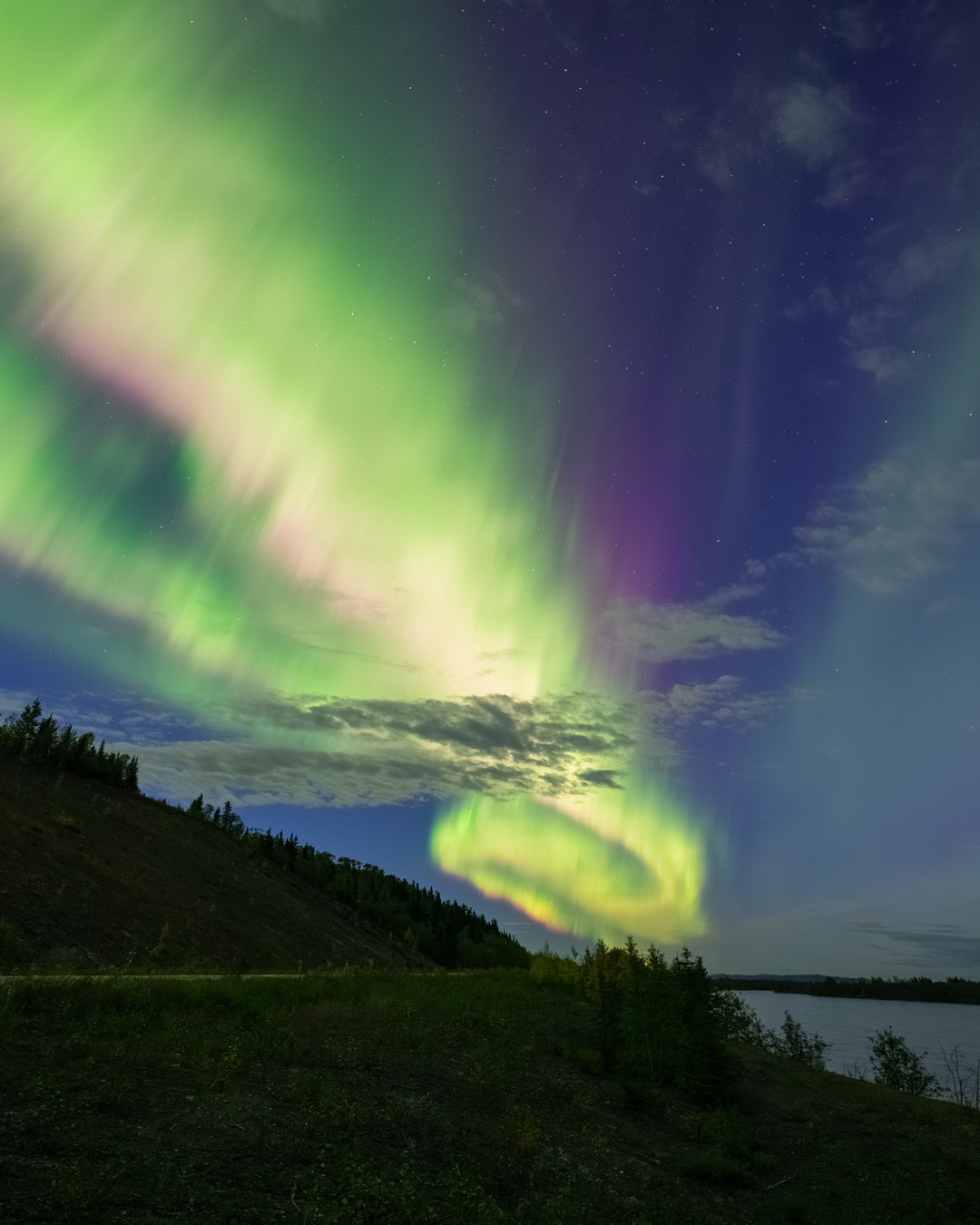
Ready to experience nature's most spectacular light show?
The aurora is a breathtaking phenomenon everyone should witness, and booking an aurora tour is the best way to maximize your chances seeing this celestial show. While there are hundreds of aurora guides and companies all around the world, only a handful are worth their salt. Over the past few years, I have interviewed aurora guides around the world to find the best options for you!

The best aurora tours in Alaska
Maia's Aurora Tours (in partnership with The Aurora Guy LLC)
Levi's Aurora Tours (in partnership with The Aurora Guy LLC)
I have lived in North Pole, Alaska since 2022 and have personally met all these guides and approve of their services! For multi-day tours, check out Gondwana and Arctic Dog. For solo traveler or group tours, Greatland, Maia, or Face the Outdoors will be great options.
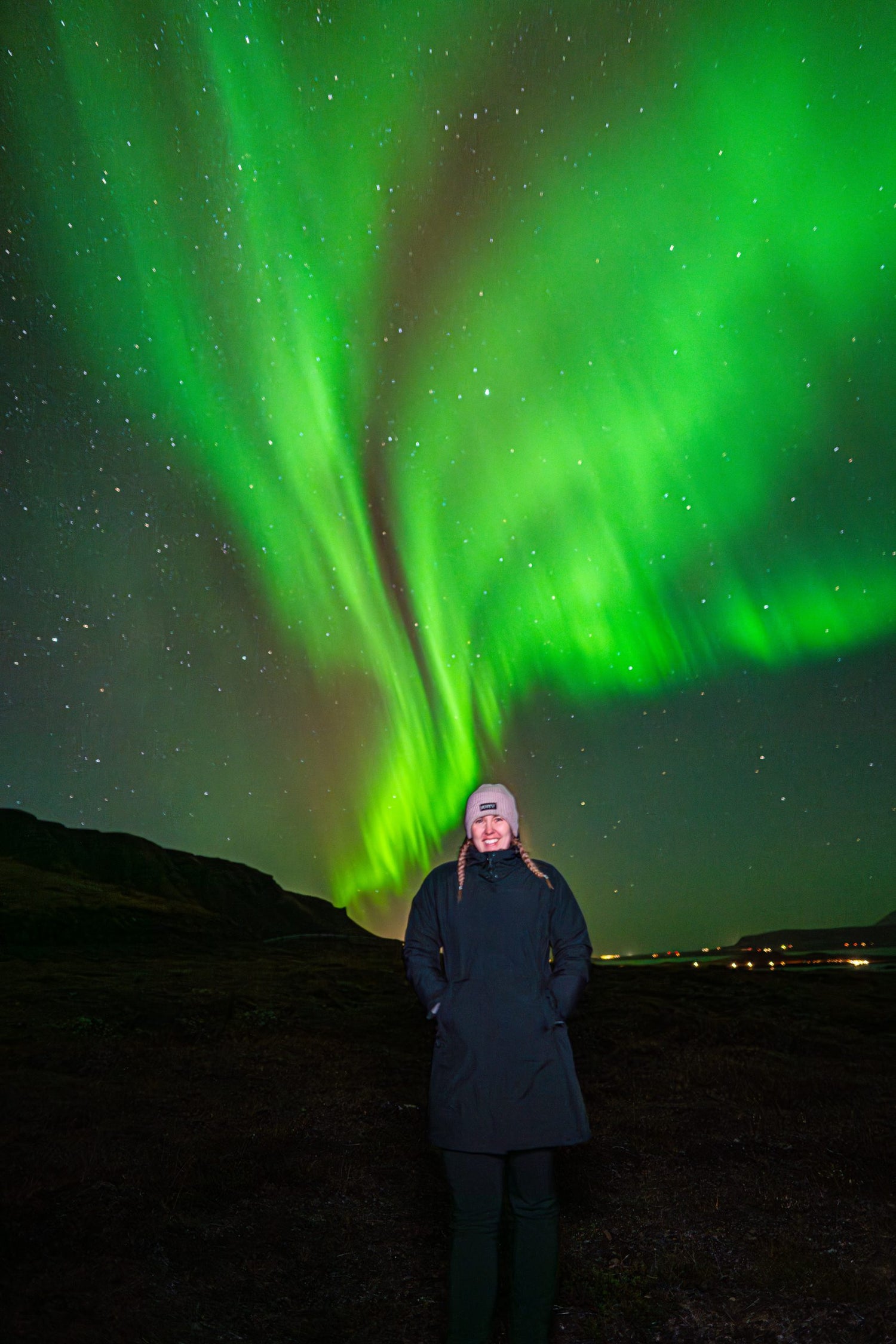
The best aurora guides in Iceland
I connected with one of the guides for David the Guide on social media years ago and learned about the company and their focus on customer experience and a family-friendly atmosphere. David the Guide is my top recommendation for Iceland aurora tours.
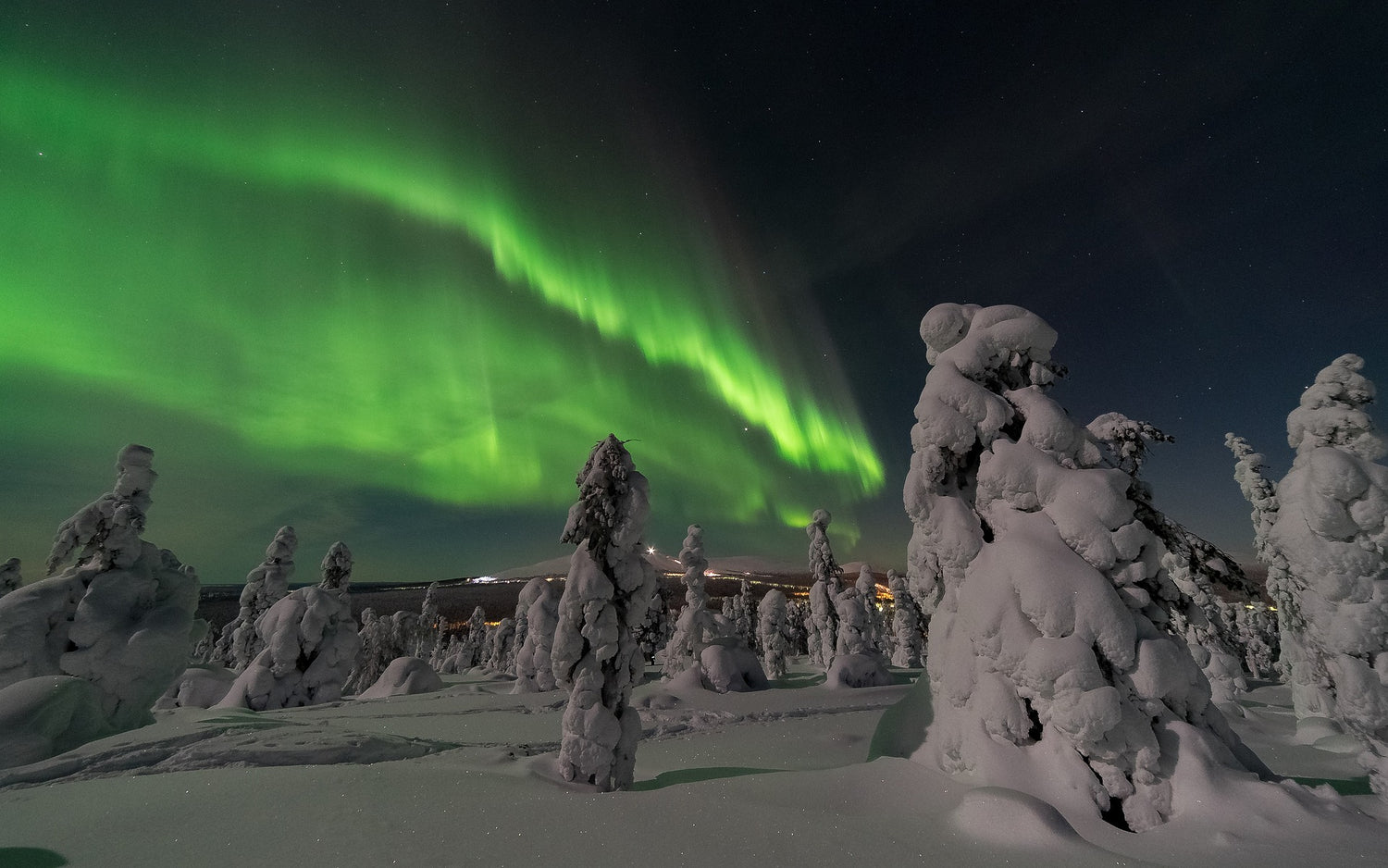
My top picks in Scandinavia
Lorenzo with Arctic Road Trips and Adrien with Night Lights Films are friends of mine and expert aurora guides that work harder than anyone I know. They both know the science of the aurora and are extremely passionate about delivering the best experience for their guests.
Where and when can you see the aurora?
The best time to see the aurora is during aurora season, which runs from late August to mid-April in the northern hemisphere. This is when the nights are dark enough for the aurora to be visible. Around the equinox months (March and September), auroral activity peaks due to the equinox effect, making these periods ideal for aurora chasing.
Auroras are most active during 10 pm to 2 am, a window around magnetic midnight, when the auroral oval is directly overhead. Short bursts of intense activity, called auroral substorms, often create the brightest and most colorful displays during this time.
The aurora is most reliably seen in regions under the auroral oval, a ring-shaped area encircling the geomagnetic poles. Here are some top locations to see the aurora borealis in the northern hemisphere (Antarctica is the only region under the southern hemisphere auroral oval):
- Tromsø, Norway
- Yellowknife, NT, Canada
- Iceland
- Rovaniemi, Finland
- Abisko, Sweden
- Churchill, MB, Canada
- Greenland
- Fairbanks, Alaska
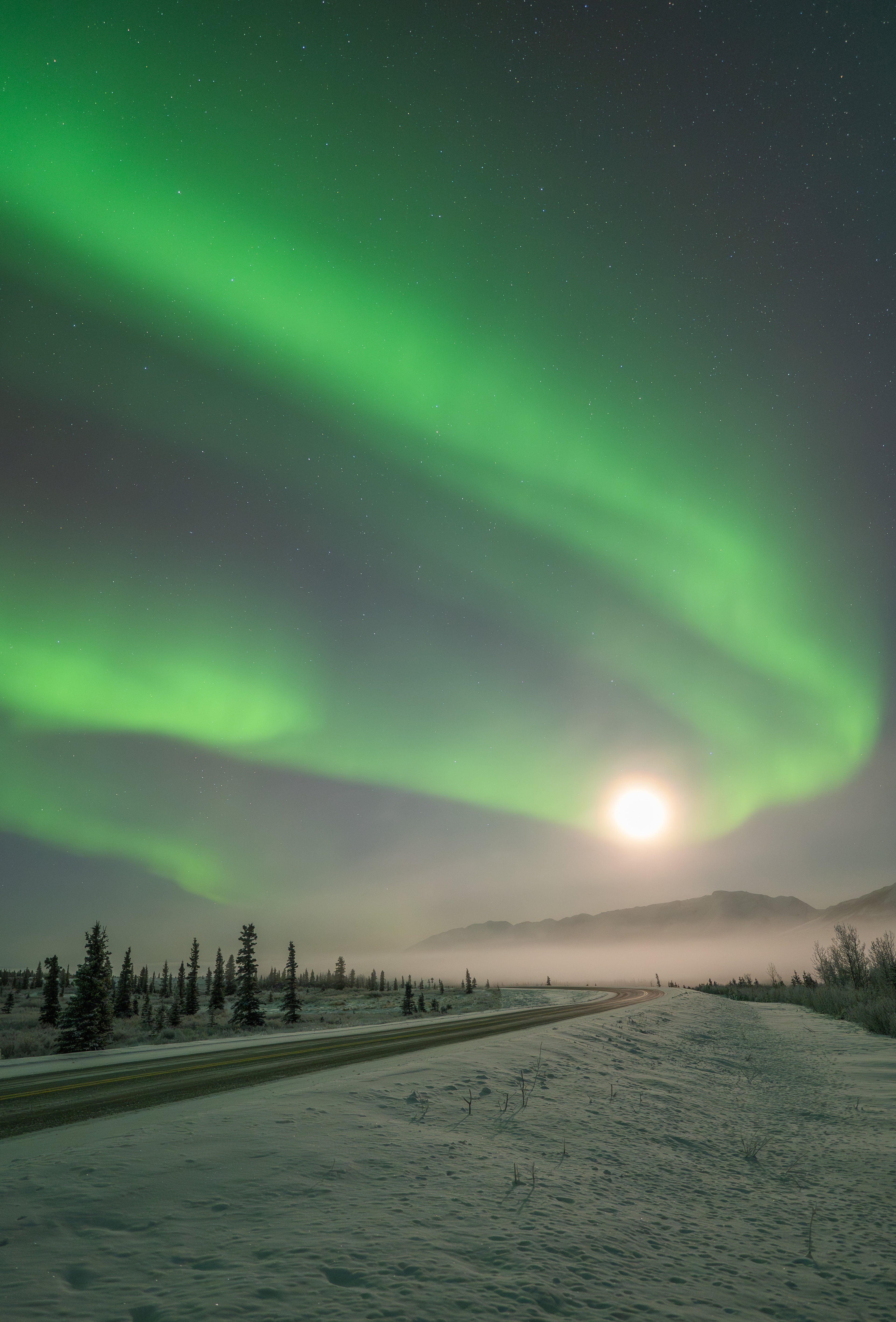
During geomagnetic storms, the auroral oval expands, allowing the aurora to be seen at lower latitudes. For example, in North America, places like Minneapolis, Seattle, or even Denver may see auroras on the horizon during these storms. In Europe, cities like London, Oslo, or Stockholm may catch a glimpse.
Tips for Aurora Chasing Anywhere:
- Dark Skies: Seek out locations far from city lights for the clearest views. Use light pollution maps to find dark-sky areas.
- Clear Skies: Cloud cover can block the aurora, so monitor local weather forecasts and adjust your plans as needed.
- Stay Longer: The longer you stay in aurora-friendly regions, the better your chances. A weeklong trip is ideal to account for weather and activity variability.
- Aurora Tools: Real-time tools like aurora webcams, the GOES magnetometers, and social media reports can help you track current auroral activity. Read my blog to learn more about how to forecast the aurora.
No matter where you are in the world, patience, preparation, and a bit of luck will enhance your chances of seeing the aurora. For more tips and resources, check out my Beginner’s Guide to Aurora Chasing e-book to make the most of your aurora adventure. It's even FREE if you sign up for my email list!
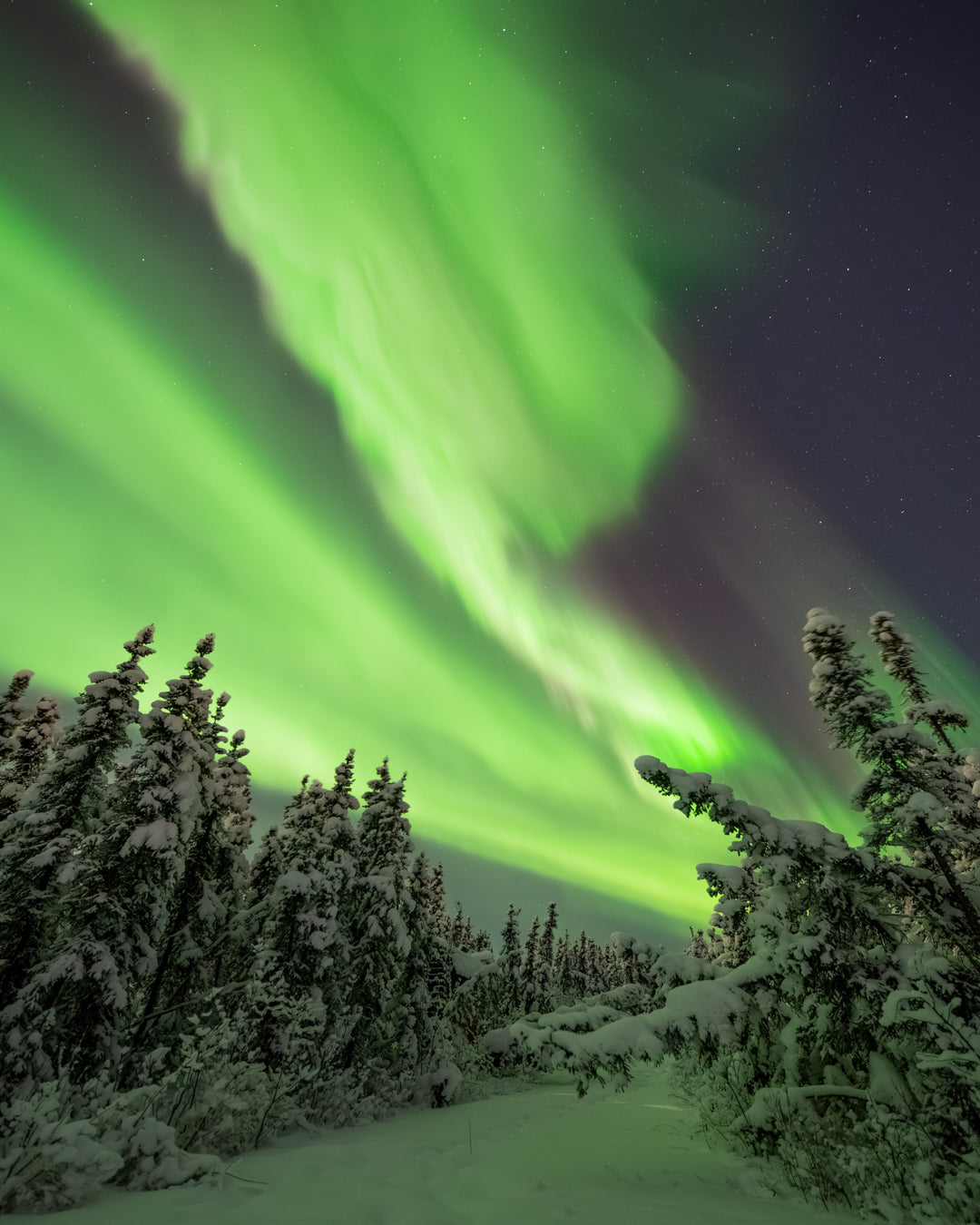
Are aurora tours WORTH it?
Find out if an aurora tour is really the best option for you!
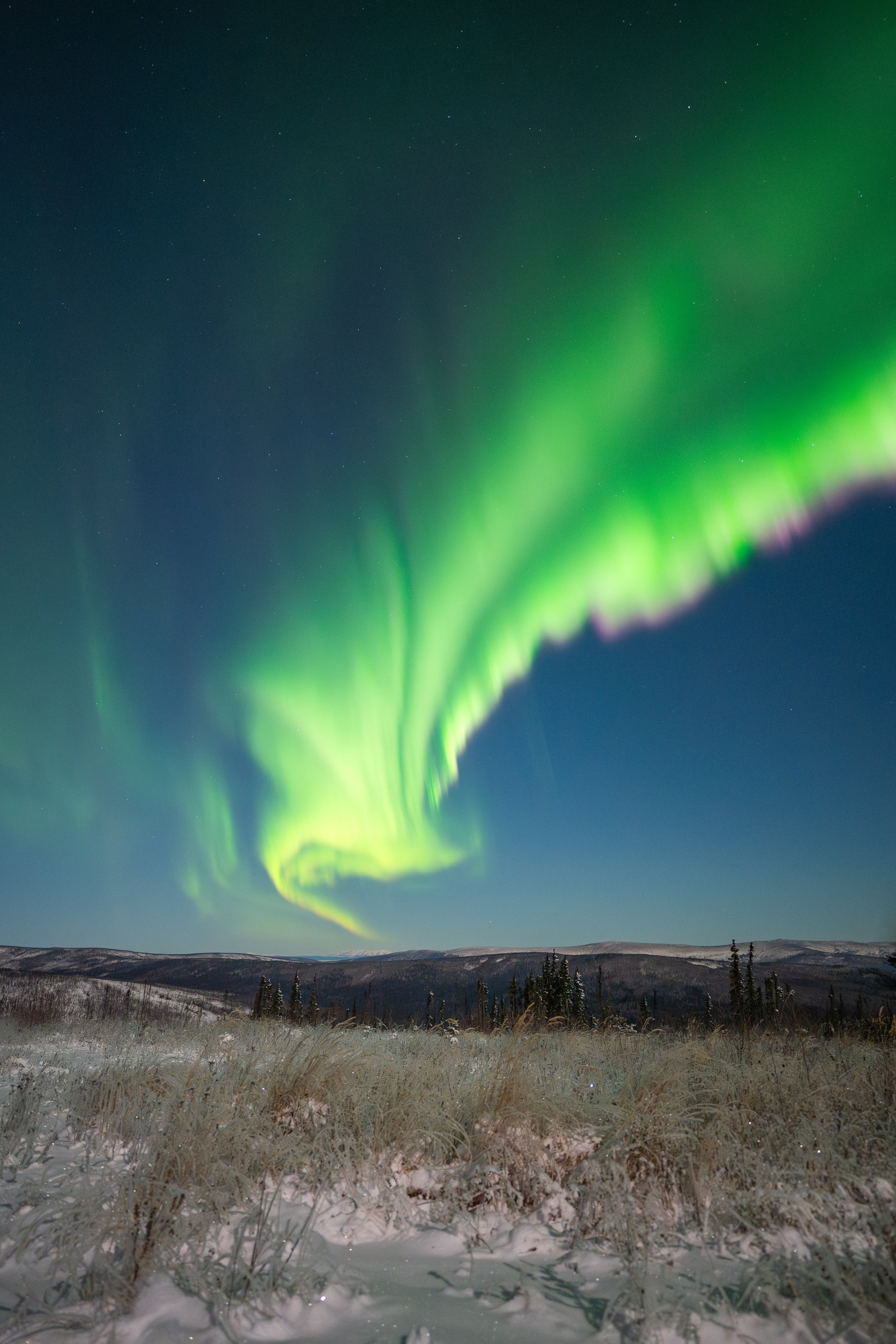
Heading to Alaska?
Get a detailed breakdown of everything you should know before planning your trip!
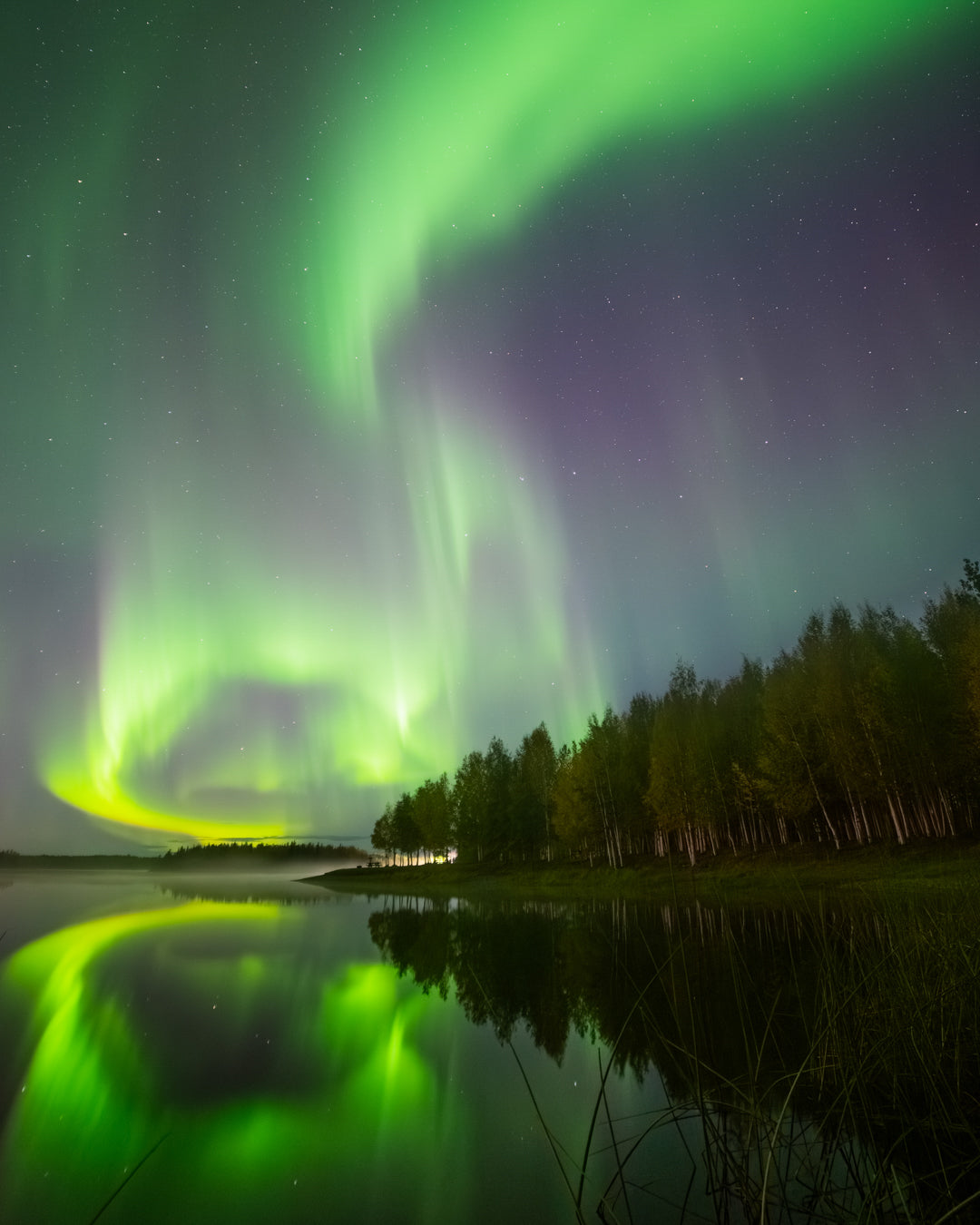
Any questions?
Explore my aurora chasing FAQ page to get all the answers to your aurora questions!
Which popular auroral oval location is best?
-
Fairbanks, AK, USA
- Cheapest location once there.
- Cheap airfare from many cities in the USA and connection via Seattle.
- Possible to combine with an Alaskan cruise trip in the late fall (Sep-Nov) when nights are dark.
- Extensive road network.
- Low light pollution outside of Fairbanks make for short drives.
- Download my e-book to find out the best aurora chasing locations in the area!
- Cold winters (-40F/C is normal).
- At the edge of the auroral oval.
-
Churchill, MB, Canada
- Extreme location only reachable by train (cheap but 16-40 hours) or plane (expensive).
- Aurora season is slightly longer (mid July to late May) than other auroral oval locations.
- Lodging, tours, and food are expensive due to the remoteness.
- Possible to see Polar Bears (Sep-Nov) and belugas (June-Sep).
- Coldest weather of any location.
- Limited road network.
-
Yellowknife, NT, Canada
- Popular among Asian tourists.
- Aurora-focused tourism.
- Town is relatively boring compared to other locations.
- Smaller road network.
- Best weather out of all locations.
- Directly under the auroral oval.
-
Iceland
- Stunning landscapes.
- Cheap flights from many countries, including the USA, on Icelandair and Play.
- Most tours depart from Reykjavik.
- Winters can be cloudy and windy with frequent closures of the main highway.
- South Iceland is slightly outside the auroral oval.
- Lots of attractions and activities to do during the day.
-
Tromsø, Norway
- The "Las Vegas of the North"
- Lots of light pollution in and around the city of Tromsø due to its size.
- Many tour options to choose from.
- Extensive road network, but limited to coastlines.
- Beautiful landscapes.
- Weather can be a challenge, especially during the shoulder seasons.
-
Rovaniemi, Finland
- Regarded as the "Christmas Village" and most scenic in the winter.
- Relatively clearer than coastal areas like in Tromsø.
- Extensive road network.
- Slightly further south than other auroral oval locations.
- Many tour options depart or base out of Rovaniemi, including Arctic Road Trips.
-
Abisko, Sweden
- Biggest benefit: inland location makes Abisko far clearer than coastal locations like Tromsø.
- Small town will make finding accomodations difficult.
- No nearby airport, so you will need to rent a car or hire a full-service tour or shuttle service to your lodging.
-
Greenland
- Stunning landscapes likely seldom or never photographed by anyone else.
- One of the last "unexplored" frontiers of aurora photography (others include Canadian shield, Siberia, and Alaskan north slope).
- Most expensive location to travel to.
-
Lofoten Islands, Norway
- A bit south of the auroral oval, equivalent to the aurora "potential" of Anchorage, Alaska.
- Extremely beautiful.
- Temperamental weather.
Check out my blog to learn more about aurora chasing!
View all-
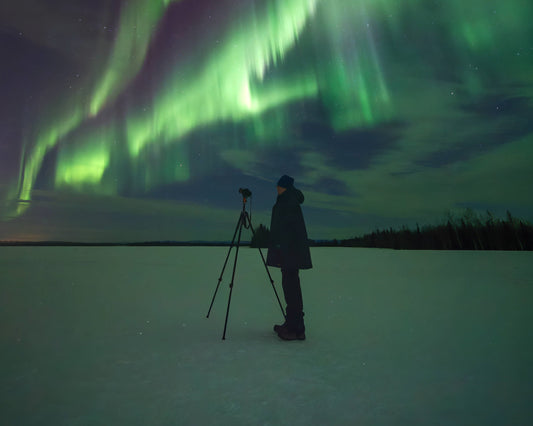
My Top Camera Gear Recommendations for Aurora P...
The best cameras and lenses at different price points for aurora photography..
3 commentsMy Top Camera Gear Recommendations for Aurora P...
The best cameras and lenses at different price points for aurora photography..
3 comments -
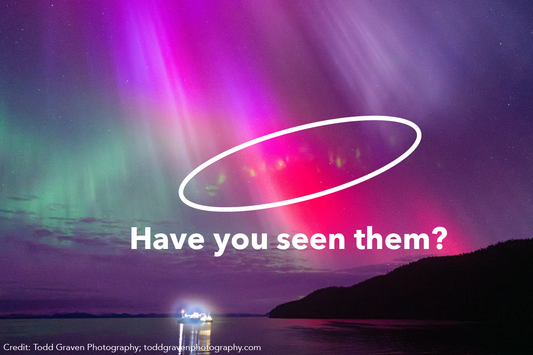
What are Fragmented Aurora-Like Emissions?
What are these mysterious green streaks in the aurora called FAEs?
What are Fragmented Aurora-Like Emissions?
What are these mysterious green streaks in the aurora called FAEs?
-
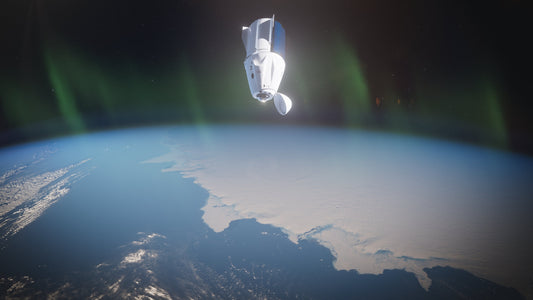
The SpaceX Fram2 mission is launching soon! Her...
Calling all aurora chasers! SpaceX’s Fram2 human spaceflight mission will be launching on March 31 at 23:20 EDT, and we need your help! Astronauts aboard the Fram2 rocket will be...
The SpaceX Fram2 mission is launching soon! Her...
Calling all aurora chasers! SpaceX’s Fram2 human spaceflight mission will be launching on March 31 at 23:20 EDT, and we need your help! Astronauts aboard the Fram2 rocket will be...
-
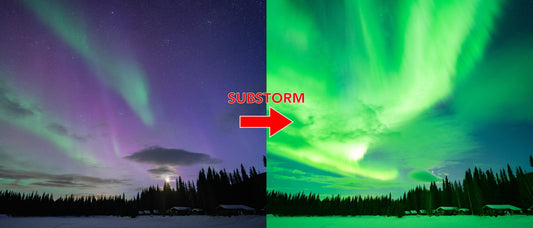
What is an auroral substorm?
What causes the aurora to "explode?" Let's dive into substorms - what they are and how can you can forecast the aurora knowing their classic patterns.
4 commentsWhat is an auroral substorm?
What causes the aurora to "explode?" Let's dive into substorms - what they are and how can you can forecast the aurora knowing their classic patterns.
4 comments
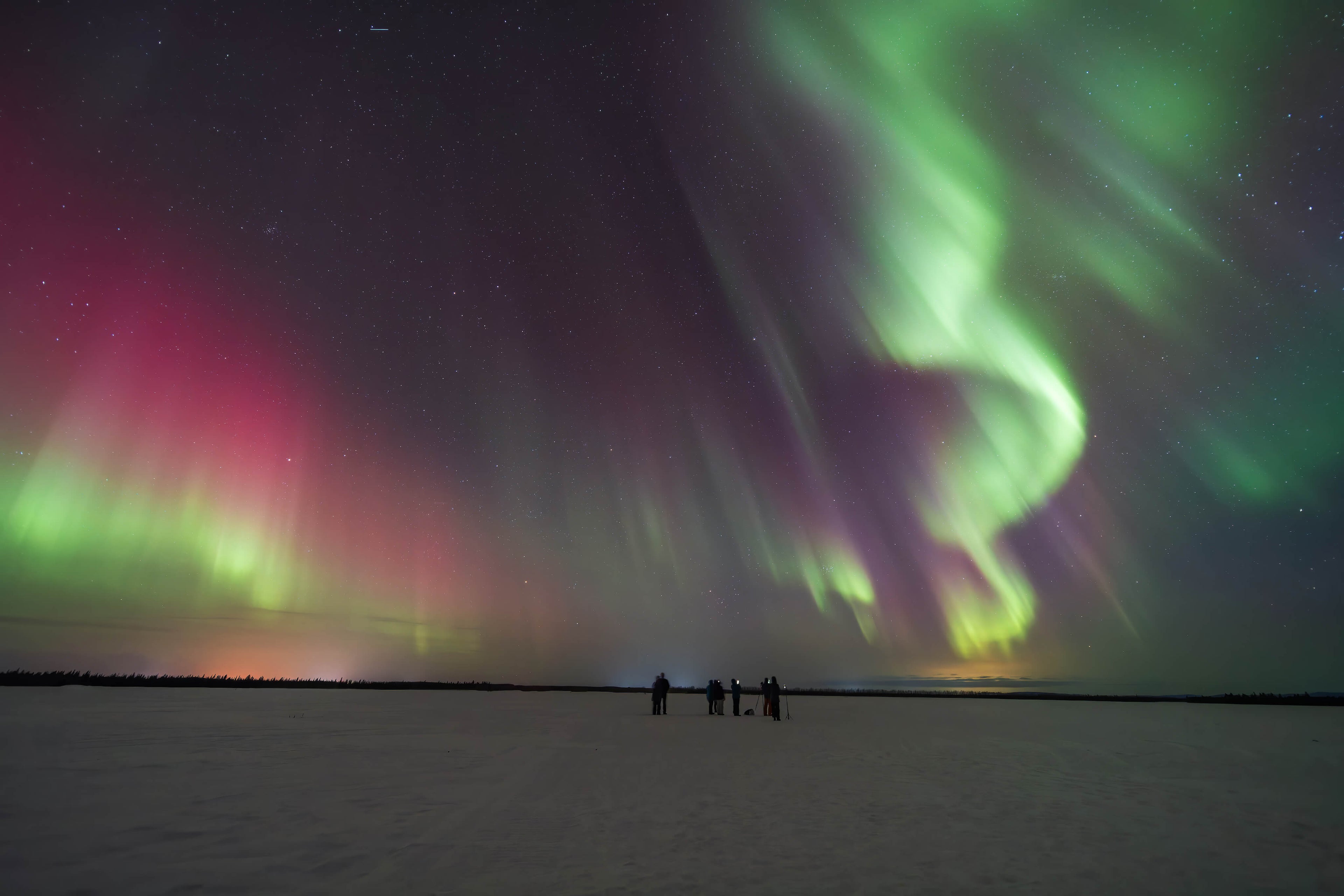
Ready to experience the MAGIC of the northern lights?
Embark on an unforgettable journey under the aurora!
